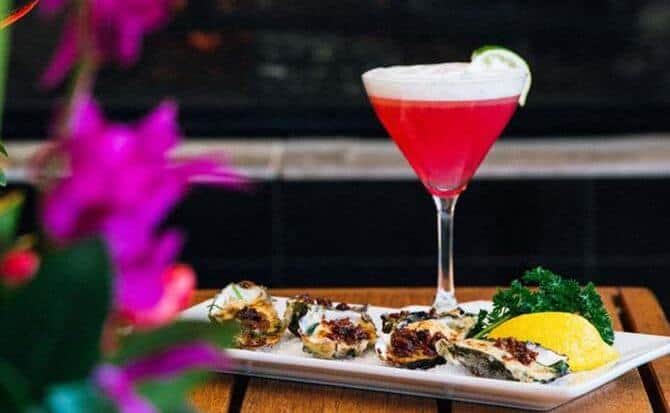Good Food is First Food. It is not junk food. It is the food that connects nature and nutrition with livelihoods. This food is good for our health; it comes from the rich biodiversity of our regions; it provides employment to people. Most importantly, cooking and eating it gives us pleasure.
In 2013, we had published the first edition of First Food series. I had written then that food is about culture and biodiversity. We often do not think that food diversity, indeed cultural diversity, is linked to the diversity in the biological world. We argued then that we must celebrate the knowledge of plants and their properties and how best to cook them to bring out the flavours and smells. We said then — and we are saying again now — that only when we value the biodiversity on our plates, will we be able to protect the biodiversity in the wild.
In 2017 came the second edition First Food: Culture of Taste. In this book, as in the first, we offered recipes of foods along with the knowledge of plant diversity. We did this because it was becoming clear the world was (and is) facing an obesity pandemic — much of the food we eat today is bad for health, with no nutrition or goodness. More importantly, it is now clear that this change in our diet — moving away from home-cooked, nutritious foods borne out of culinary traditions and age-old knowledge — is not incidental or accidental. We are children of the age of processed and factory-grown foods, who have been trans-mutated through a deliberate and subliminal marketing that has changed our habits and our culture of food.
We need a re-discovery of this knowledge of food and culture. All is not lost yet — we still eat home-cooked, bio-diverse and nutritious food. But this scenario is changing rapidly. Already, there is evidence that the incidence of diabetes — a disease with strong links to bad food — is increasing, not just among the affluent but also the poor of urban India.
Clearly, therefore, food is more than just about taste. It is about our health. But the question is, how will we change this culture of bad food? Can we change it? The processed food industry is very powerful; its ability to reach people, particularly the young, with food propaganda is all-pervasive; it has perfected the art of seduction through colours, flavours and smells. It knows how to get us to snacking temptation — even when we know it is bad for us. More importantly, the processed food industry has now found a niche for fitting into our busy lifestyles — its products are convenient because they are easy to get and make. No muss, no fuss.

